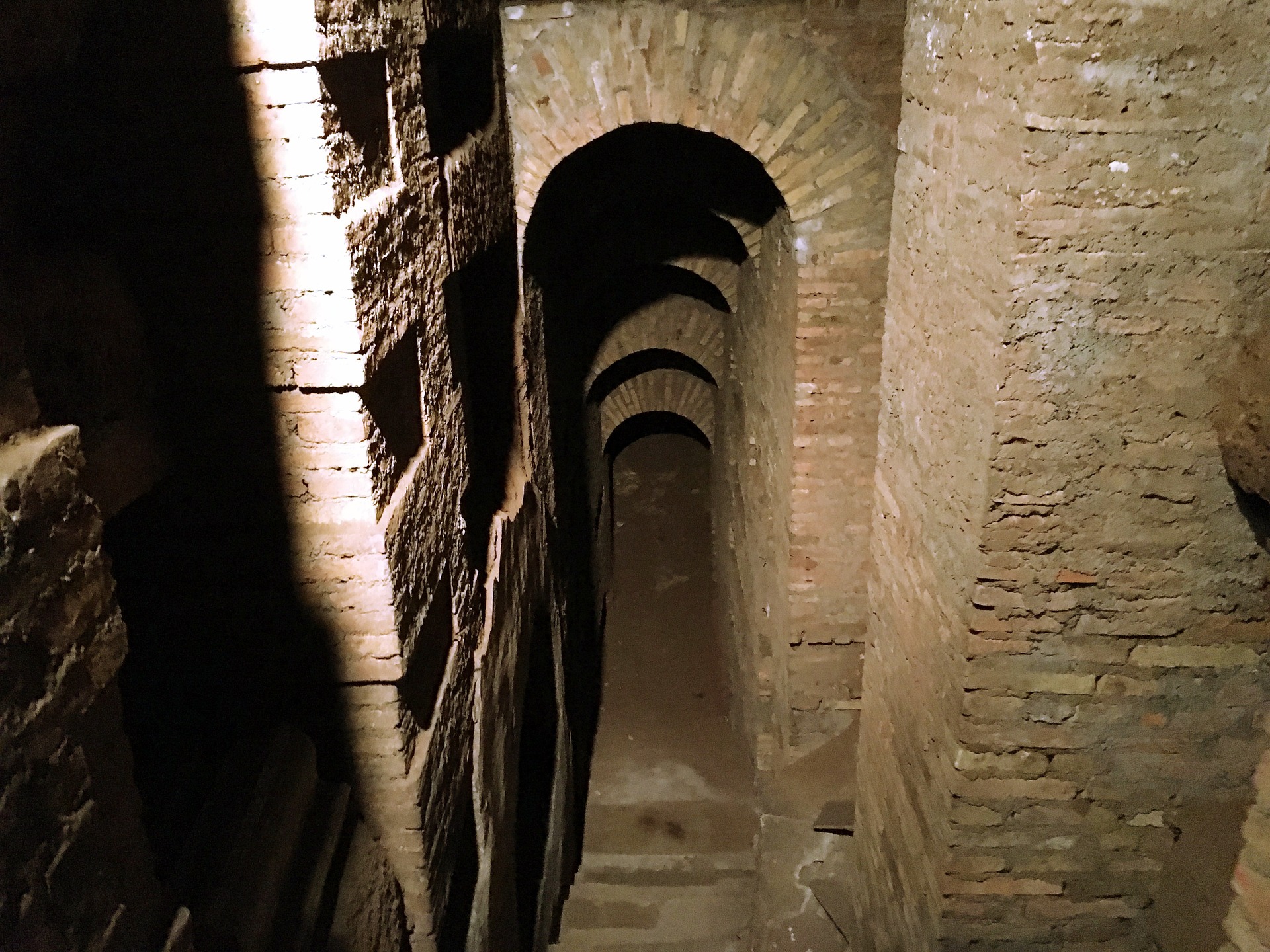Visiting the oldest underground tunnels in the world and going through the history of Rome are one of the unforgettable experiences everybody deserve. The charm and the beauty of this historical site lie underneath an area which still keeps an untouchable, bucolic peace between the Via Appia and the Via Ardeatina. d that Roman Catacombs, running underneath the town, were mainly used as meeting places for Christians who tried to survive persecutions. However, there is little evidence and it probably occurred in exceptional cases, such as to celebrate the Eucharist.
Only later on, more studies found out that the hundreds miles of catacombs were actually burial tunnels: while pagans preferred cremation, Christians believed that being buried would have, easily, led to resurrection. This idea refused the custom of storing ashes in urns and opted for the burial of the dead. As early Christians did not own much land, catacombs became a practical, sometimes necessary, solution.
Moreover, when Emperor Constantine legalized Christianity in A.D. 313, these people could not get inspiration by persecuted martyrs anymore and, in order to show their attachment, they began making pilgrimages to their burial places in the catacombs and asking to be buried close to Saints’ tombs. Another important aspect was related to the way this place could strengthen the sense of community, connect life and death, and provide quietness during memorial ceremonies.
The first Christian catacombs were excavated in the 2nd century BC outside the city walls, because Roman law did not allow burial within the city limits. After Christianity became the official religion of the Roman Empire, catacombs were mainly a pilgrimage place: Saints began to be buried in churches rather than cat- acombs and faithful dead joined them in church cemeteries. Vandals and invasion, catacombs got violated and valuables objects stolen.
One of the most stunning tunnels are the so-called Catacombs of San Callisto, built between 250 and 300 A.D., which keep graves of 500 thousand Christians, among whom martyrs and popes. The catacombs run along 12.4 miles, 66 feet deep into five levels. Once entering the tunnels, you won’t help but be amazed by the two basilicas containing three apses, known for being the place where Saint Zeffirino and the young martyr of the Eucharist, Saint Tarcisius, were buried. The Papal Crypt preserves the remains of at least five martyred and beatified Popes, while Crypt of Saint Cecilia is decorated entirely in frescoes and mosaics. Finally, at the end of the Crypt, a gallery full of burial Cubicles of the Sacraments, where Baptism and Eucharist are represented symbolically together with prophet Jonah for the Resurrection.
Another journey can be taken around Santa Domitilla Catacombs, the most ancient and longest tunnels (9.3 miles) with 150 thousand graves covering four levels. Interesting how bod- ies are still shelved in small crevices superficially dug in rock, while rich people used to be buried in more spacious tombs with decorated arches overhead. One floor below, accessible through a modern staircase, there is a small basilica dedicated to Saints Nereus and Achilleus and made up of three naves separated by two rows of four columns. The central altar has only one column intact, decorated with the story of Achilleus’s decapitation, a very rare work of Christian art. On the top floor a small, painted cham- ber, dating back to the 3rd Century A.D., narrates the pagan myth of Amore and Psiche, while the lower level hosts a chamber painted with a fresco depicting Christ the Good Shepherd. Among the most beau- tiful frescoes, those from the 4th Century feature Saints Peter and Paul, while under the tomb’s arch, there is an ancient painting of The Last Supper.
































